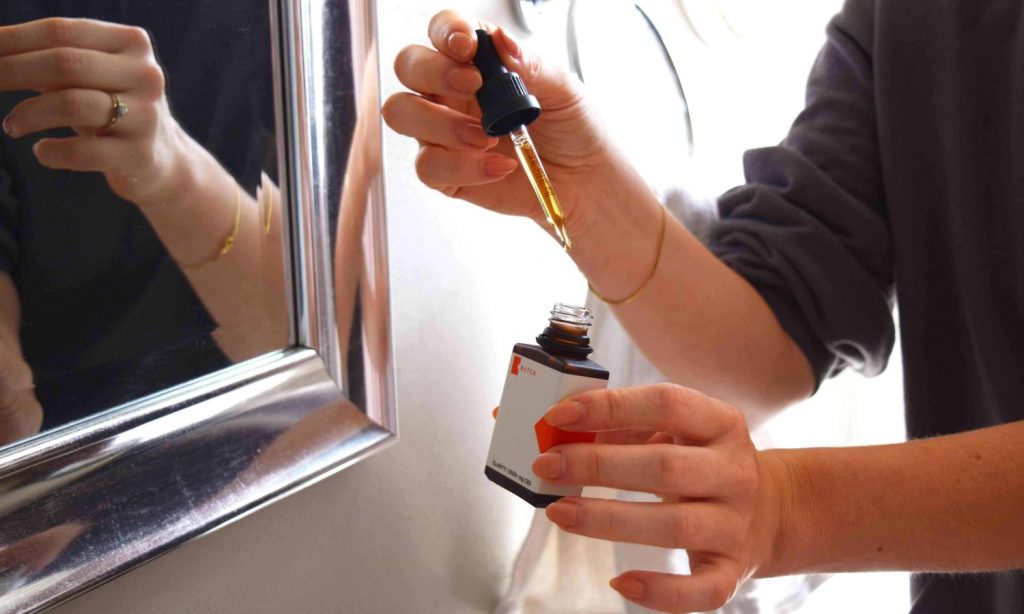There are many ways to extract CBD from hemp and cannabis plants, which include oil infusion, distillation, liquid solvent extraction, and carbon dioxide extraction.
One of the most sought cannabinoids found in hemp and cannabis plants is cannabidiol (CBD) because it’s believed to be a therapeutic compound. You’ve probably heard about CBD oil, and you’re now looking for more information about how it’s made and how it can be beneficial for your health.
Anecdotal evidence shows how remarkable CBD is, but your search shouldn’t stop with this. Instead, learn how CBD is made by determining the scientific process and explanation associated with its manufacturing and consumption by reading further.
CBD Oil Basics
Cannabidiol has gained so much popularity in recent years due to its medicinal benefits. In fact, the Food and Drug Administration (FDA) has even approved a CBD-containing drug to treat patients with epilepsy, who are mostly children. Many CBD users also say that CBD oil is an effective treatment for insomnia, stress, pain, and other signs and symptoms of medical conditions.
Here are the basic things you need to know about the different types of CBD oil:







